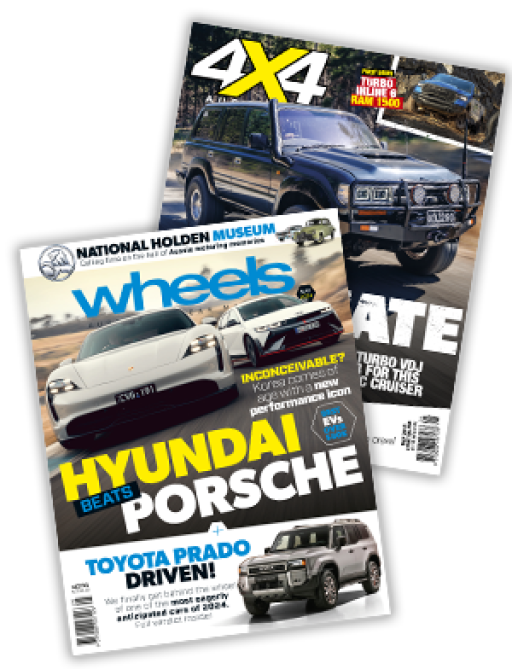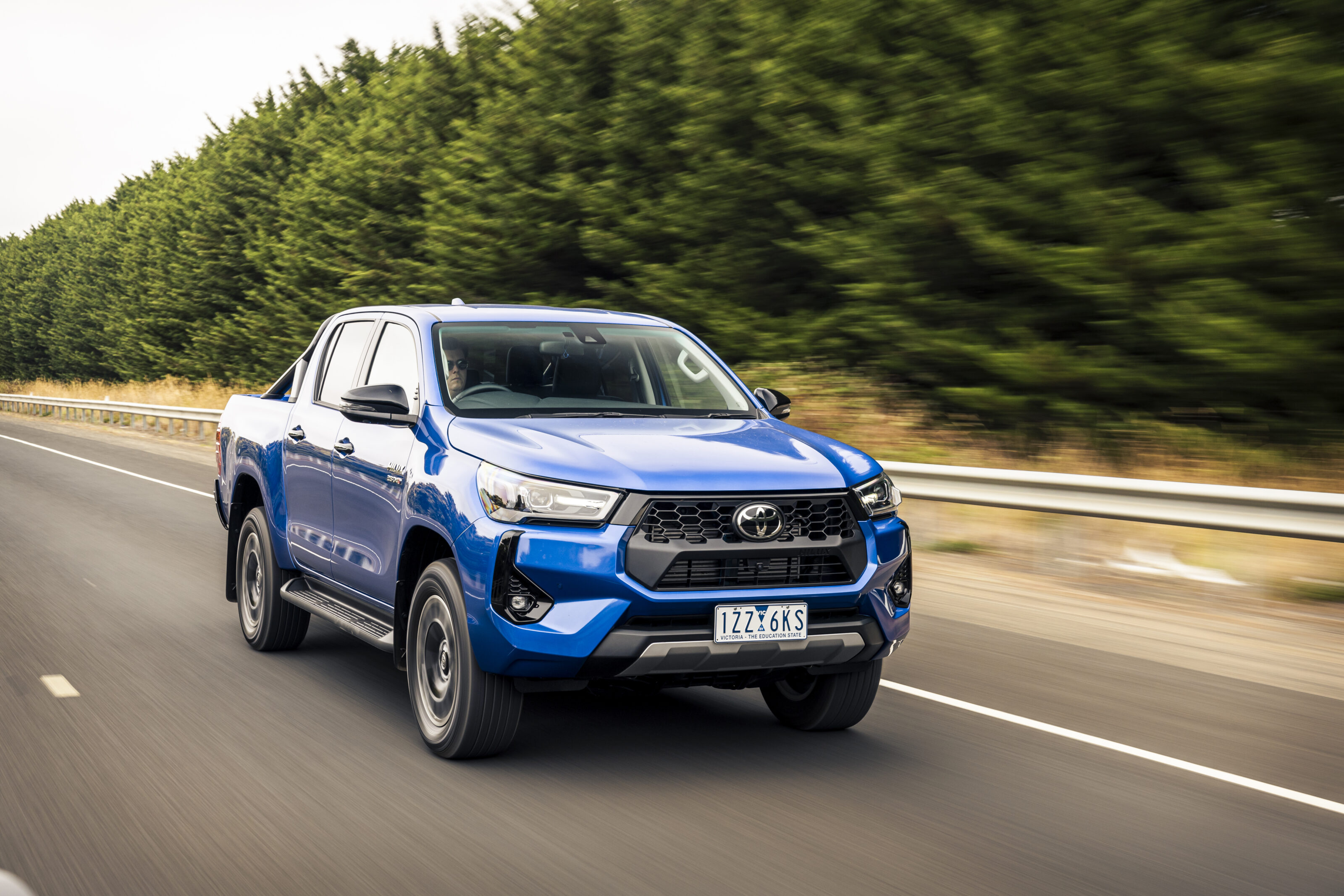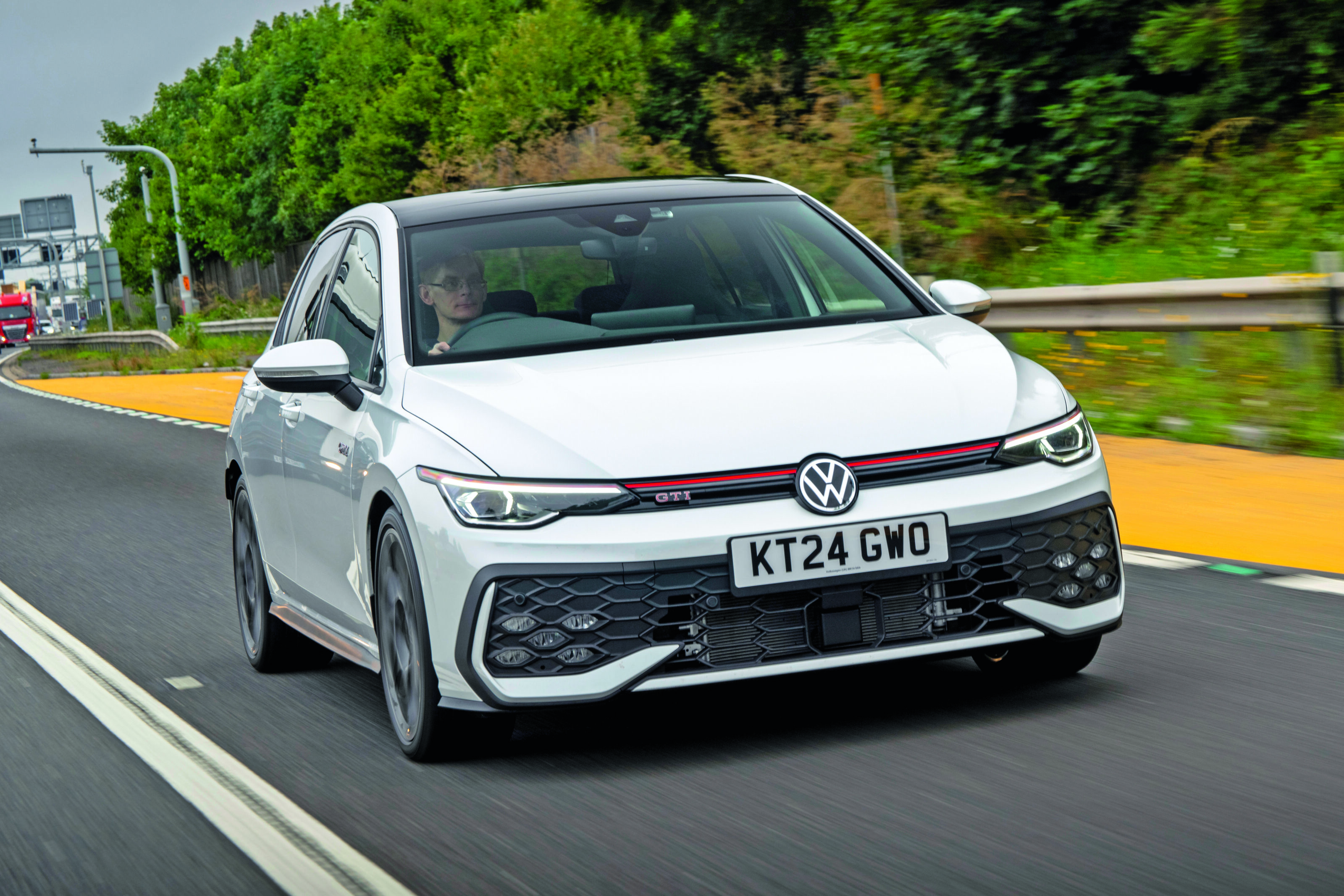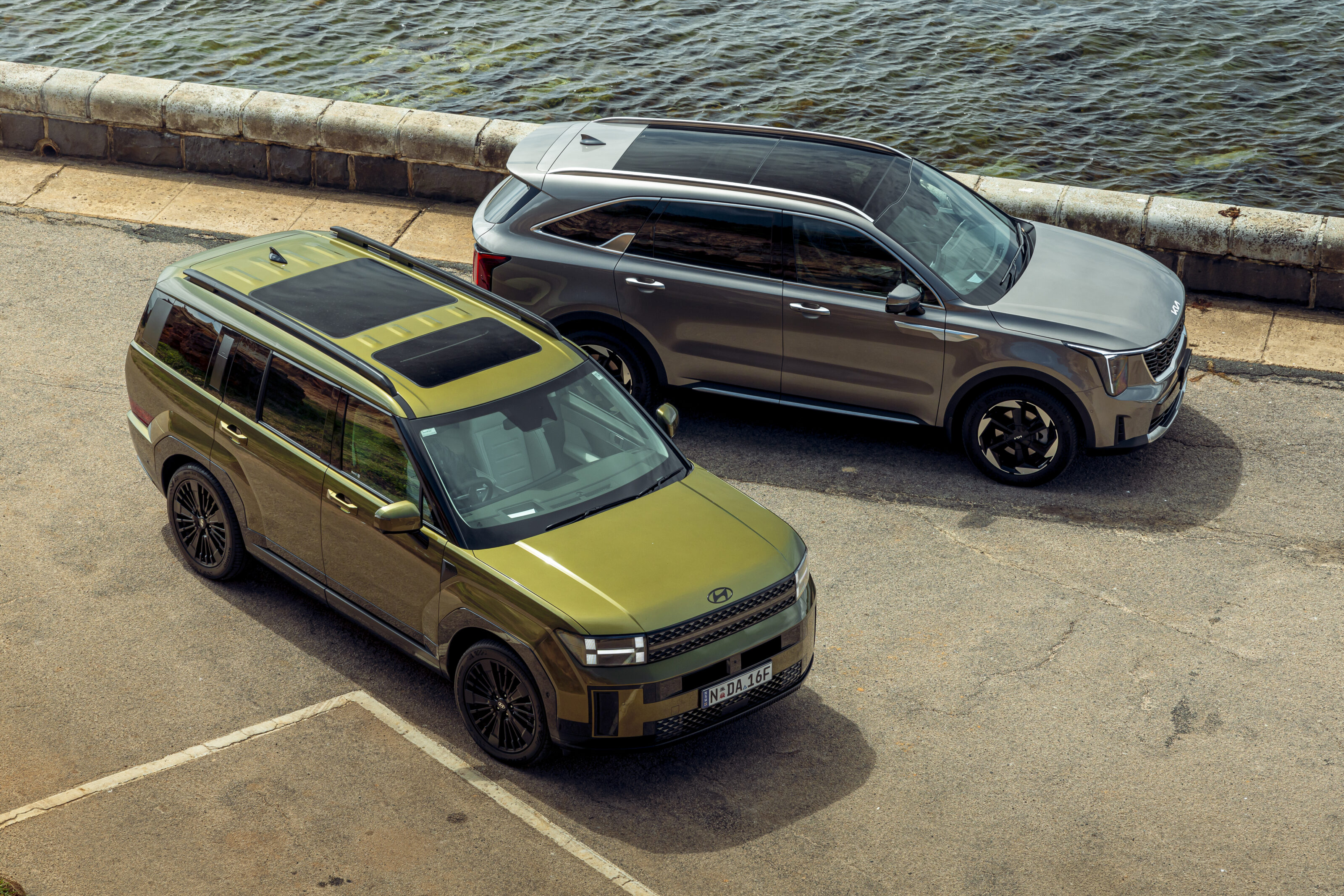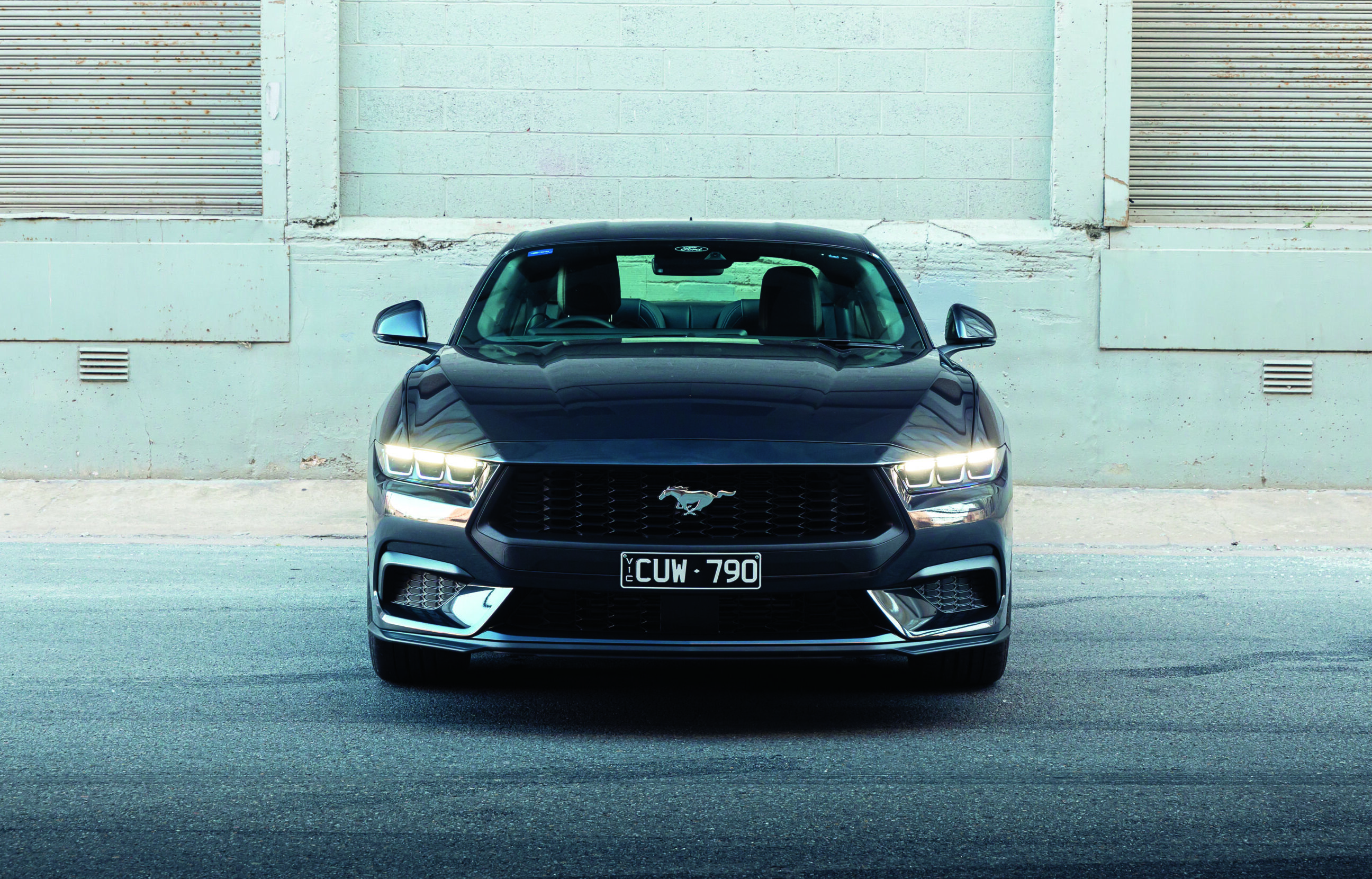
With 20,591 registered in January 2025 alone for a 23.7 per cent market share, it’s clear that mid-size SUVs are increasingly popular in Australia. That’s in thanks to the sheer variety available, with more than 20 models to choose from.
Many buyers also prize them due to their practicality and with that in mind, ranked on boot space, what are the most capacious mid-size SUVs on sale in Australia?
1. Tesla Model Y – 938L
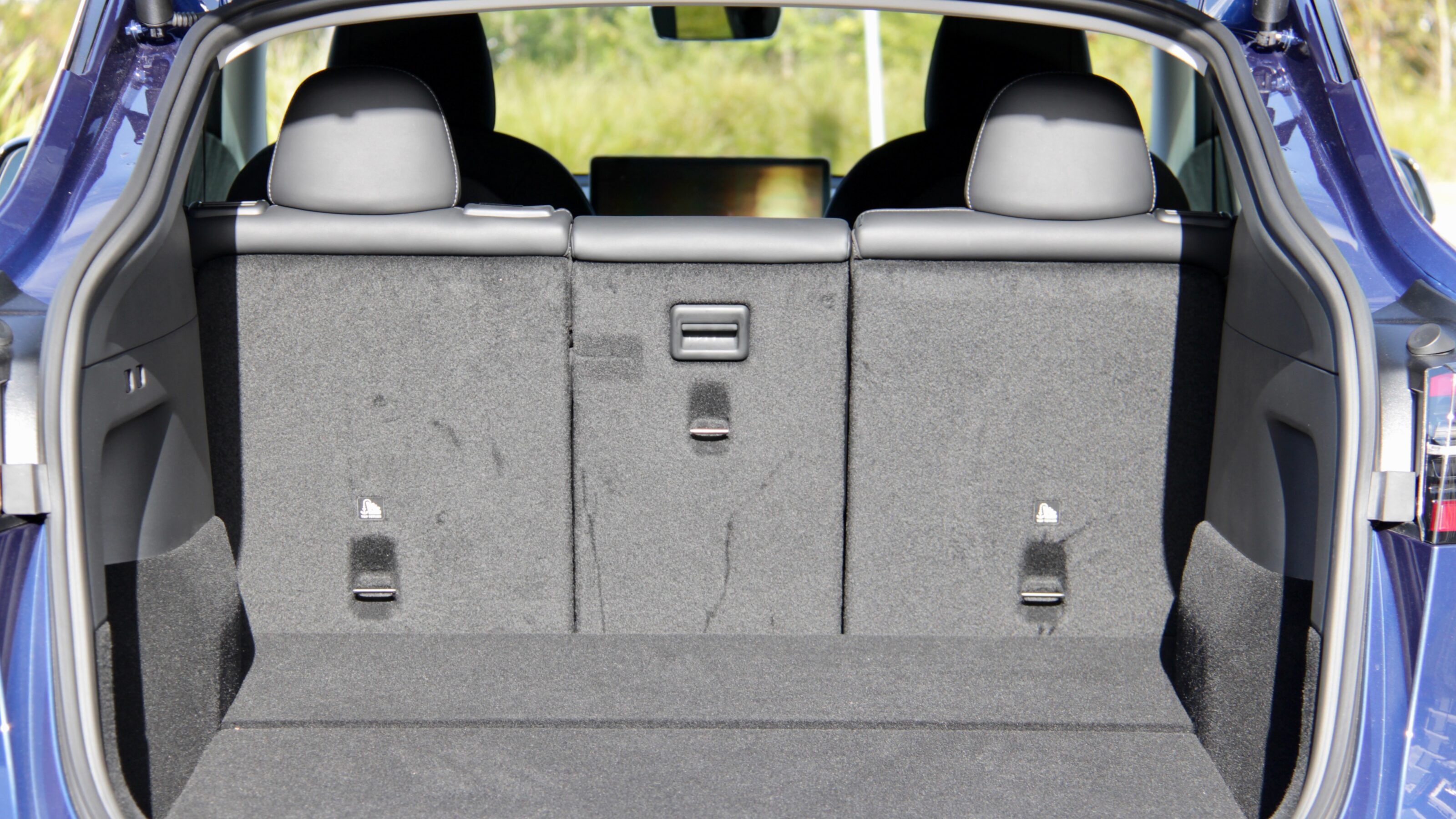
Part of the global popularity of the Model Y – it was the best-selling car in a number of global markets in 2024, before Elon’s controversial foray into politics – is not its electric drivetrain or performance, but just how damn practical it is. It’s well packaged with excellent rear seat space, as well as a massive boot. With the rear seats folded, a humungous 2,022L of space is available.
Its coupe-like roofline doesn’t impede too much on rear space either, though it may cause issues when carrying taller items. Still, it’s very practical – helped further by its large 117L front boot, which is more than enough for a weekly shop.
2. VW Tiguan – 615L
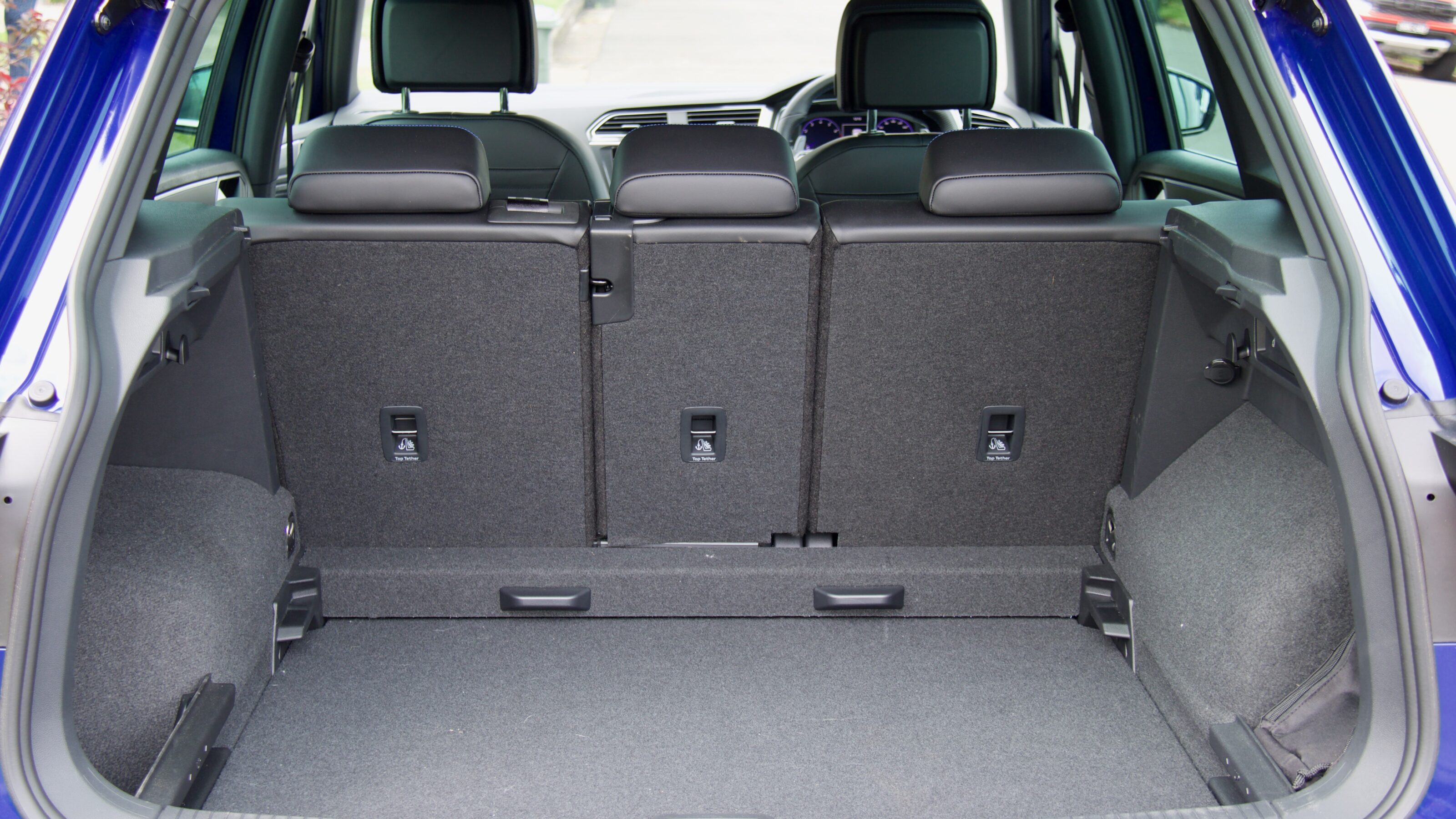
Even though there’s a larger Allspace model and also a bigger third-generation model launching locally, the current Tiguan is still quite a practical choice in the segment. With 615-litres of available space – with the rear seats slid forward – the Tiguan’s boot is the largest of the ICE offerings.
It’s also got some handy features like under-floor and side storage, bag hooks and even remote releases to fold the rear seats – doing so opens up 1,655L of space, which is bettered by some rivals but it’s still a healthy number.
3. GWM Haval H6 – 600L
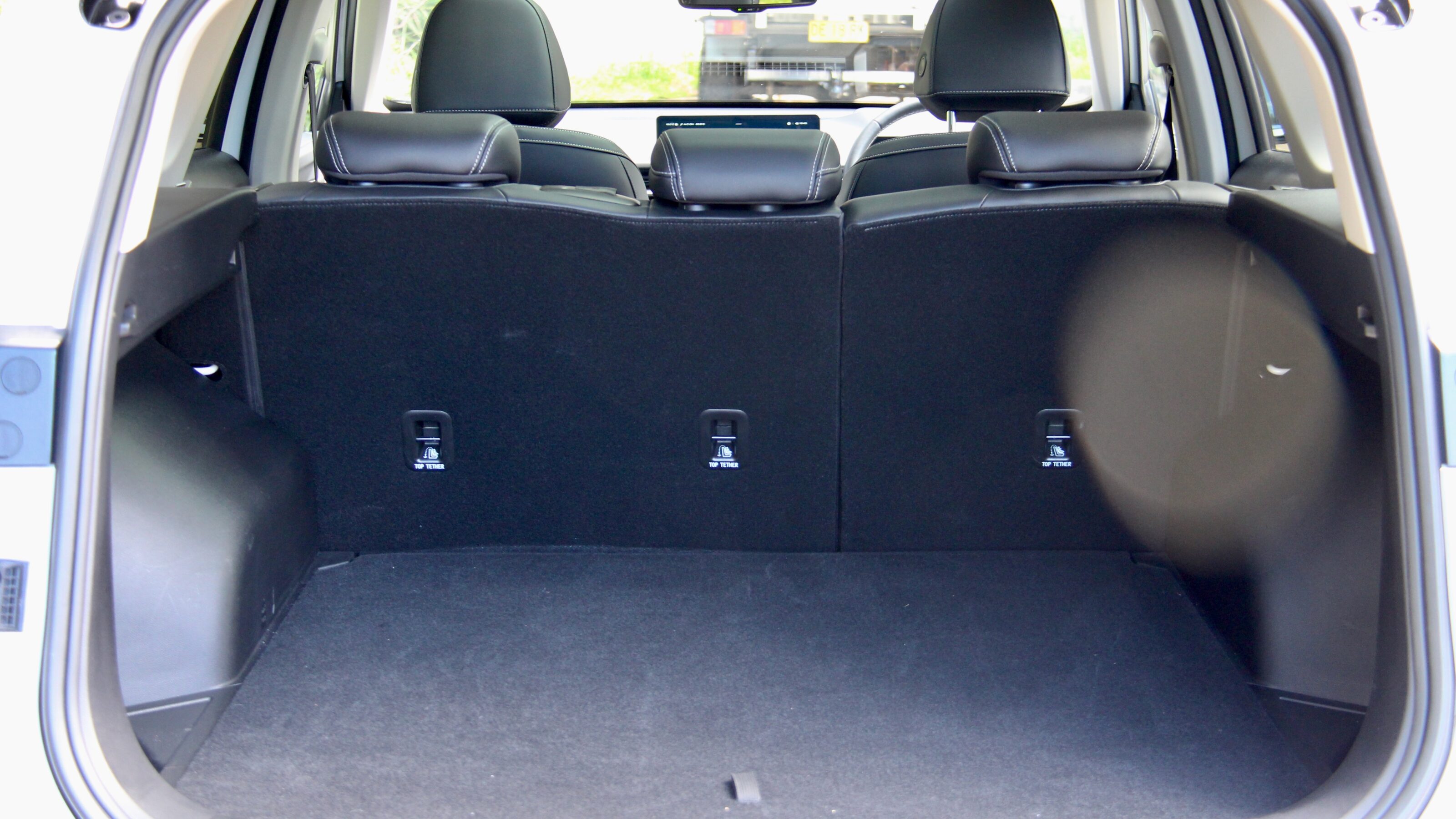
The GWM Haval H6 sells reasonably well locally but those looking for practicality should consider it because of its large 600-litre bootspace, which expands to 1,405L with the rear seats folded.
Aside from some side storage, it doesn’t feature any clever touches but impresses with a flat floor and a relatively low load lip.
4. Honda CR-V – 589L
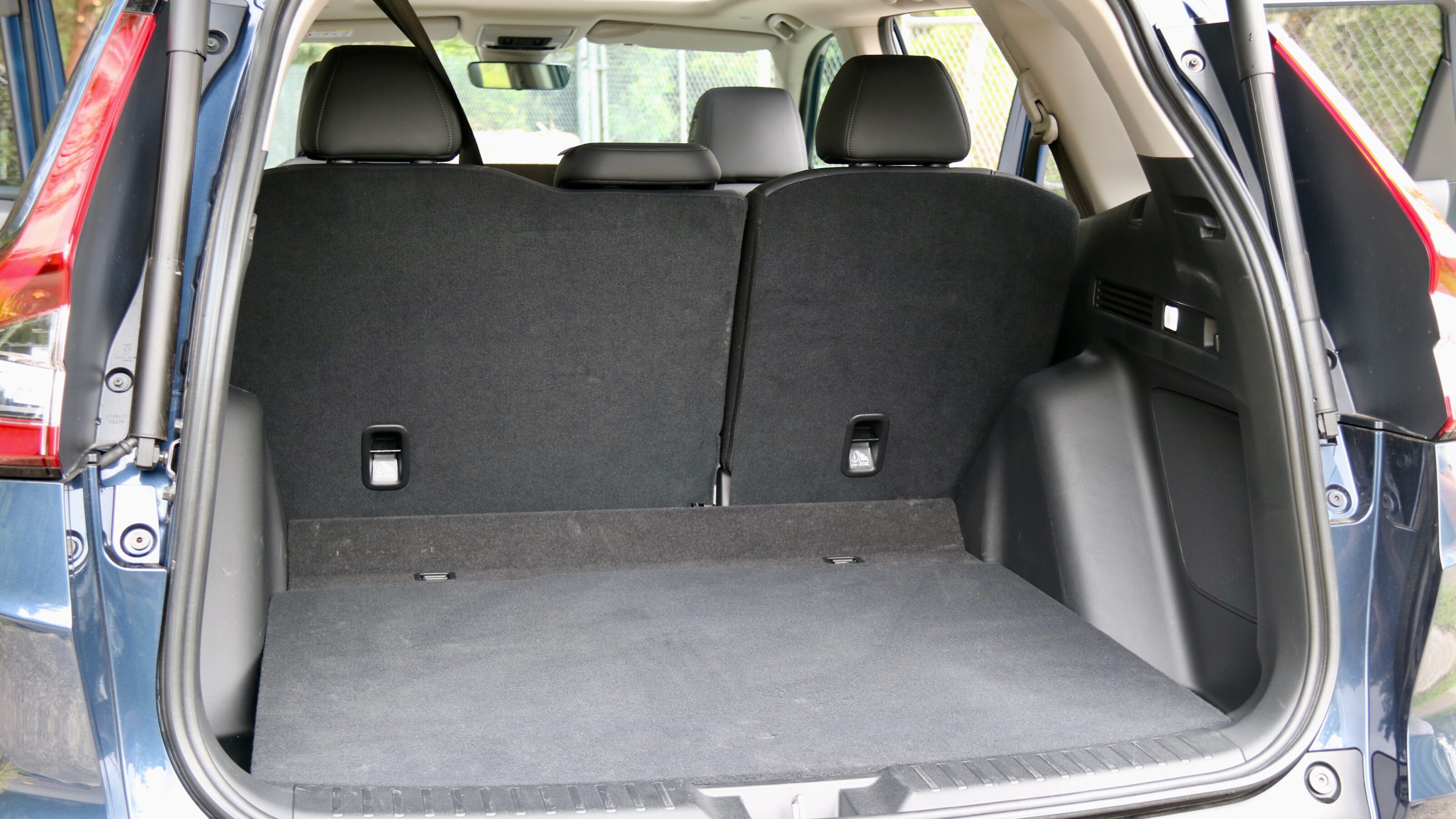
The Honda CR-V has long been one of the most practical mid-size SUVs and the current shape model is no different with a healthy 589-litre space that expands to 1,671L with the rear seats folded. It’s also full of practical details like bag hooks and side storage, while the option of two extra seats for seven in total is available as well.
The CR-V’s load lip is impressively low as well, making it easy to load heavy cargo in, while the electric bootlid – depending on model – can be set to automatically close when you walk away from it.
5. Kia Sportage Hybrid – 586L
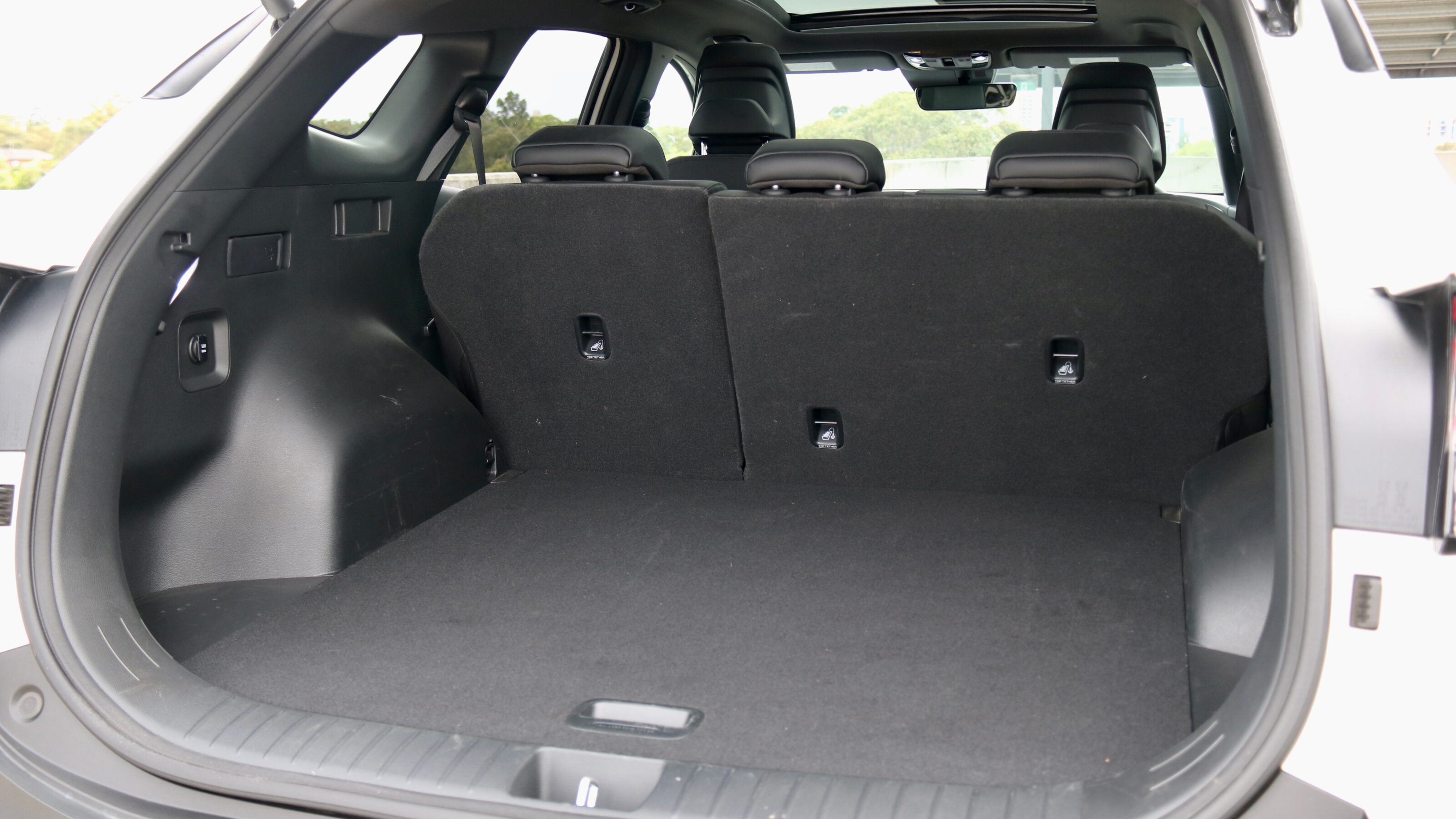
In hybrid form, the Sportage has a large 586-litre bootspace, which expands to 1,872L with the rear seats folded, which is one of the highest numbers in the segment.
The boot itself includes under-floor storage, remote releases for the rear seats and a power outlet, plus, the seats fold almost completely flat as well.
6. Mitsubishi Outlander and Nissan X-Trail – 585L
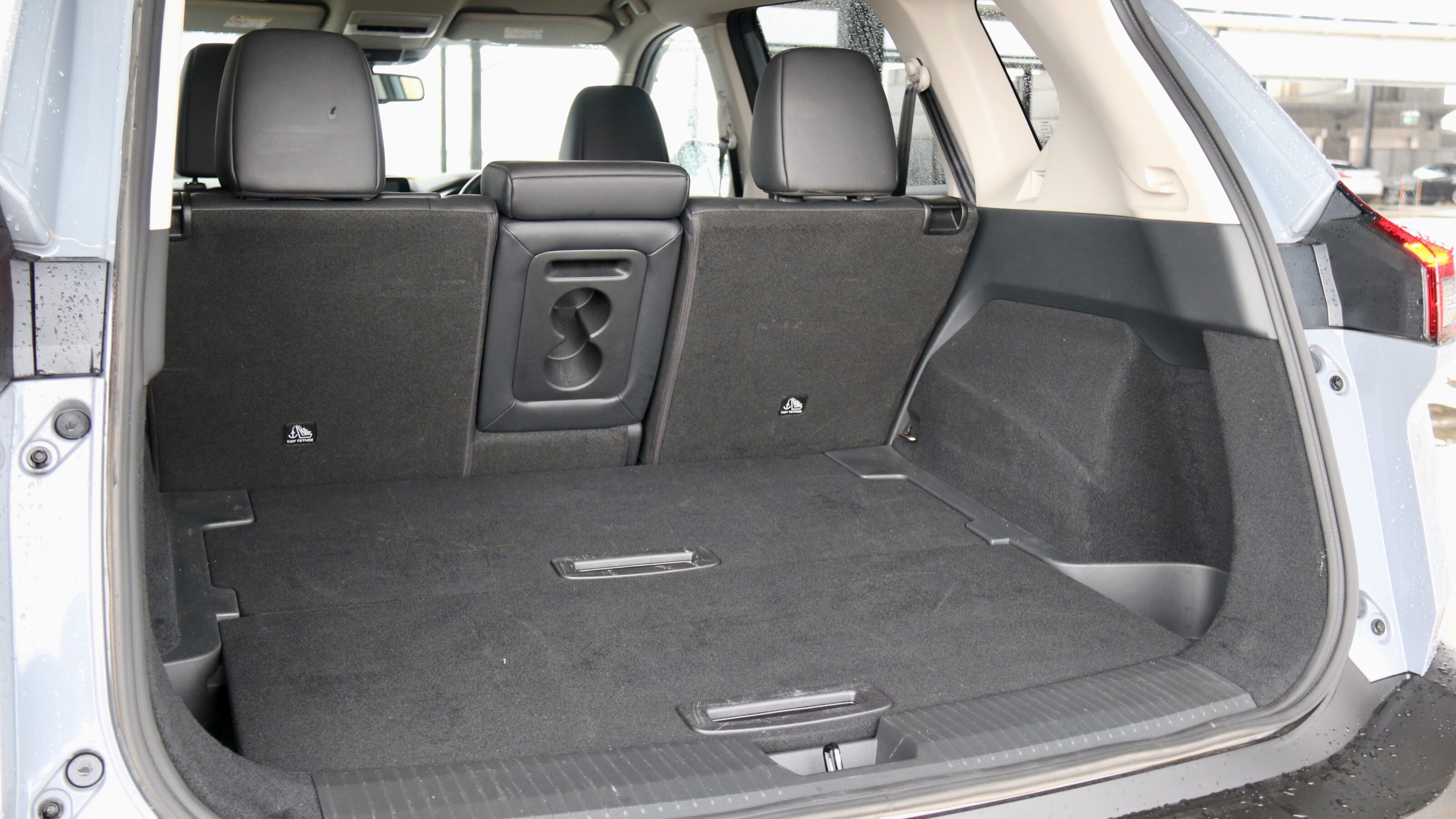
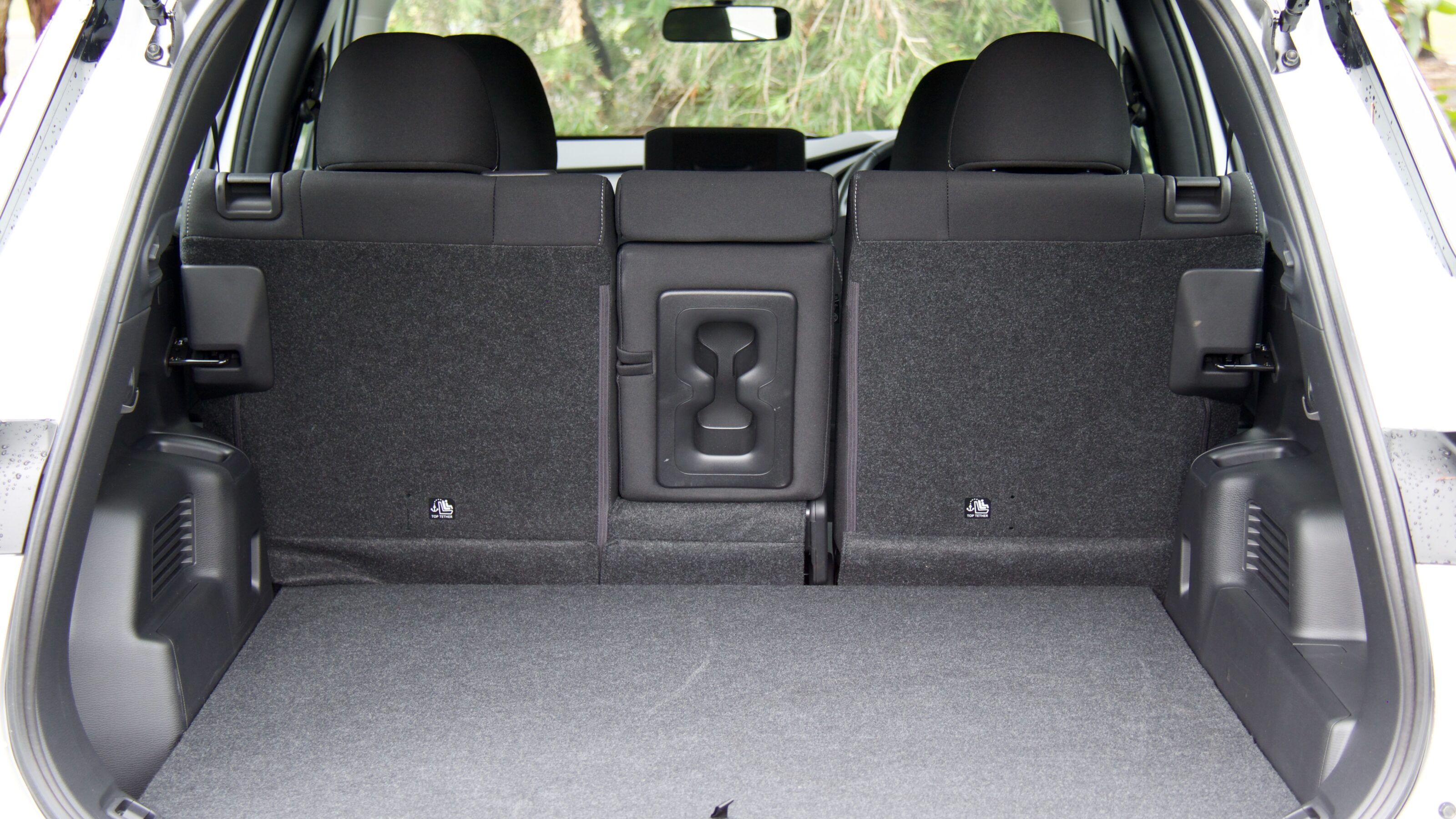
It’s no surprise to see two cars that are practically identical under the skin share the same boot capacity, and in the mid-size SUV segment, both the Outlander (above) and X-Trail (top) offer great practicality. There is side storage, under-floor storage, a 40:20:40-split rear seat depending on the spec chosen and remote releases for folding the seats.
Both are also available with a seven-seat option, though that reduces boot capacity to 478L (and just 163L with the third row in place). Folding the seats down in the five-seater Outlander increases space to 1,461L and while Nissan doesn’t quote a figure, it’s likely to be quite similar.
7. Hyundai Tucson Hybrid – 582L
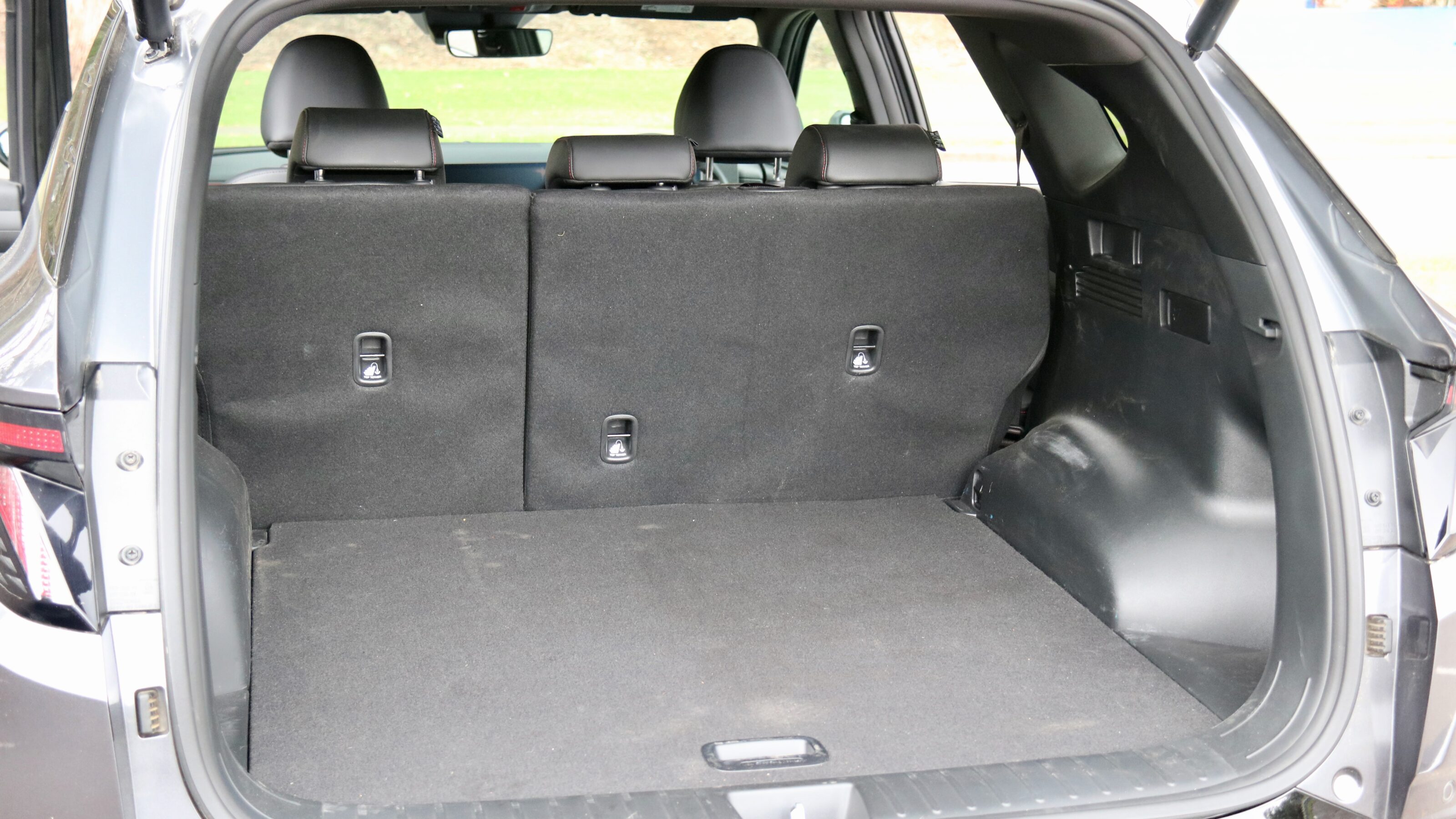
Given that the Tucson shares so much with the Sportage, a similar boot capacity was expected with the Tucson shading the Sportage by just four litres with the seats up – though with them folded, its 1,903L space is a full 31L larger than its Kia cousin.
Like the Sportage, the Tucson includes under floor storage, bag hooks and remote rear seat releases. Plus, we love how standing next to the hands-free power tailgate with the key nearby for five seconds automatically opens it. No awkward foot waving under the bumper here.
8. Leapmotor C10 – 581L
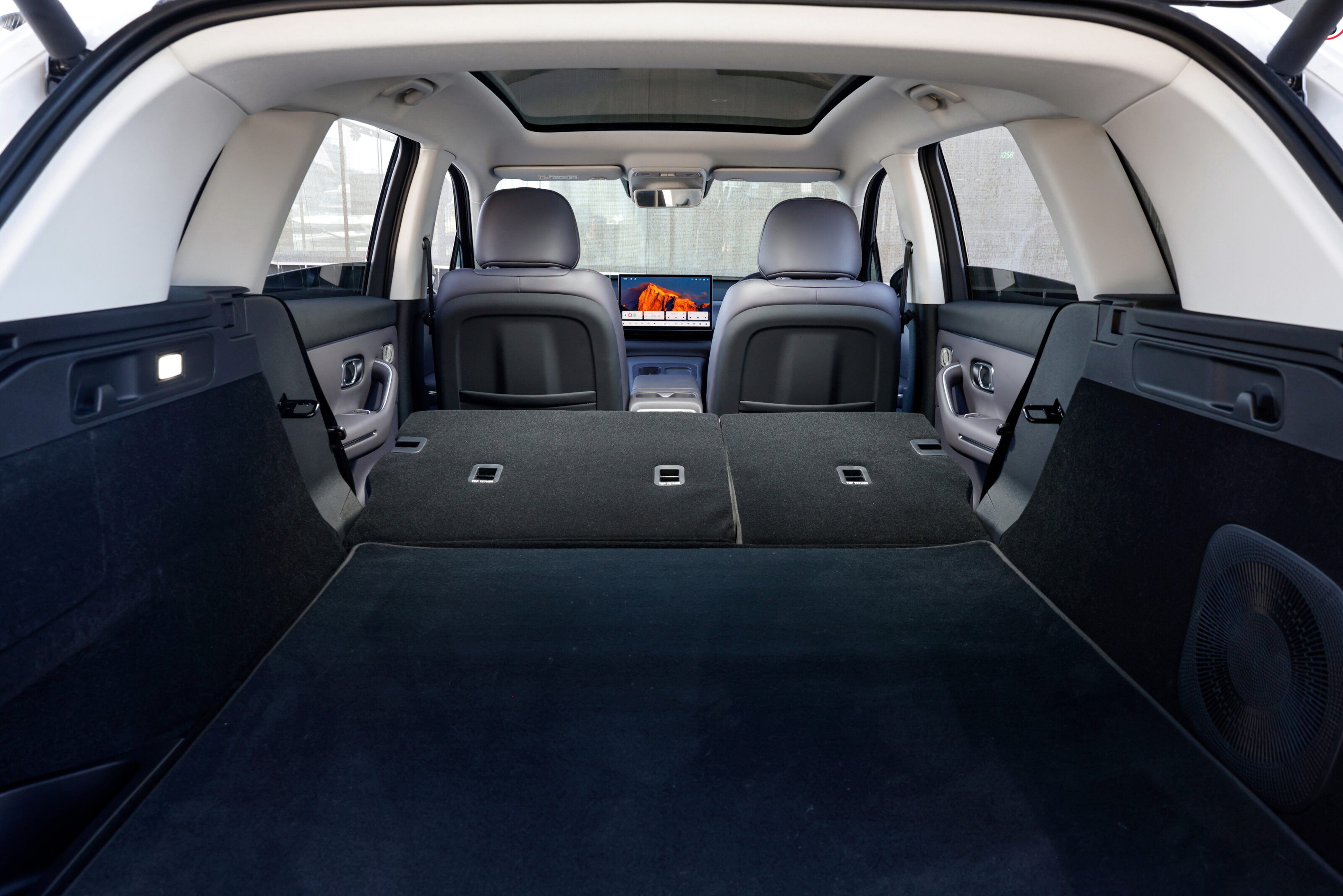
The Leapmotor C10 is a new entrant to the Australian market that isn’t likely to be on many radars, but its boot capacity might open it up to more consideration. 581L is great, especially considering that it’s not as large as some rivals on the outside.
The C10’s boot itself also features under-floor storage, side storage and a few bag hooks as well, while the seats fold almost flat for a 1,410L of space.
9. Skoda Enyaq – 570L
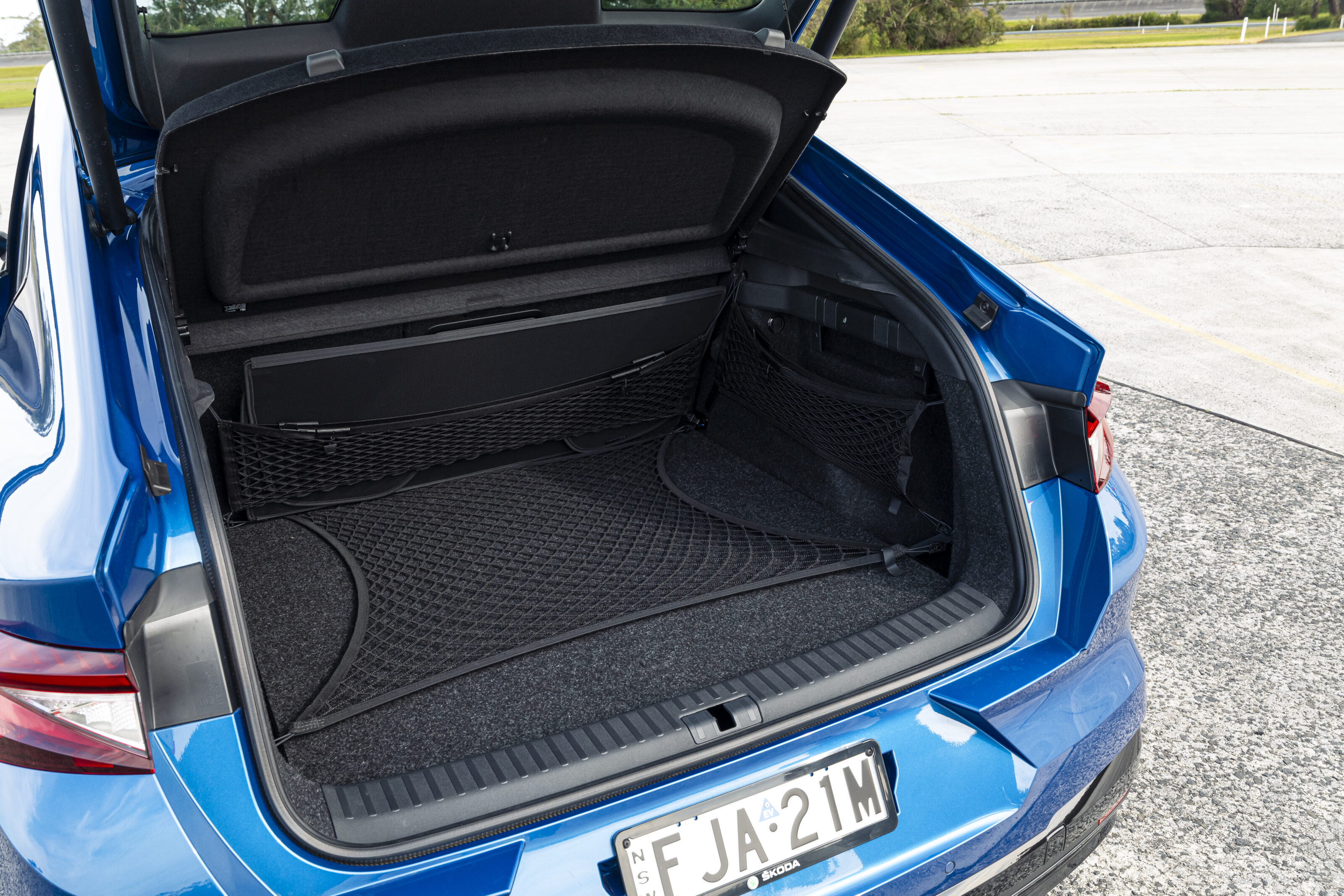
Skoda’s mid-size electric SUV went on sale in Australia last year with a healthy 570-litre boot, which opens up to 1,610L with the rear seats folded. What’s surprising about that is Australia only receives the coupe variant of the Enyaq, with the boxier and more capacious wagon shape due later this year.
As you’d expect for a Skoda, the Enyaq’s boot offers a lot of ‘simply clever’ features, such as netting, bag hooks, under floor storage with sectioning and side storage as well.
10, Chery Tiggo 7 Pro – 549L
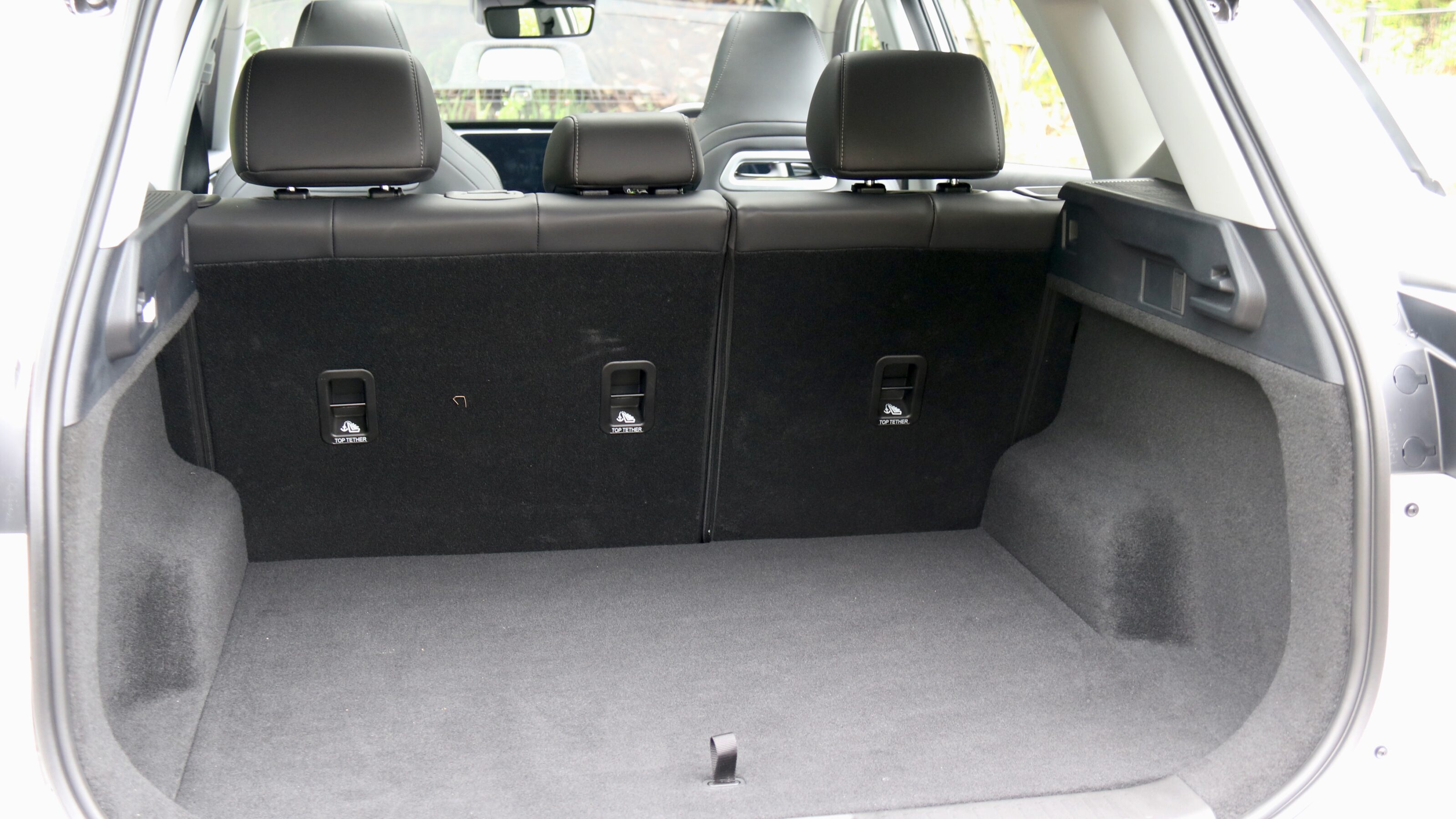
Like the Leapmotor C10, the Tiggo 7 Pro is a mid-size SUV that’s on the smaller size and yet, its 549L boot capacity sits near the top of the segment.
The capacity of the largely featureless boot grows to 1,672L with the seats folded, which is much larger than you’d expect.
Other mid-size SUVs in Australia:
- Hyundai Ioniq 5: 527L
- Skoda Karoq: 521L
- Peugeot 3008: 520L
- Kia EV5: 513L
- MG HS: 507L
- BYD Sealion 7: 500L
- Subaru Forester: 498L
- Renault Koleos: 493L
- Kia EV6: 490L
- Cupra Ateca: 485L
- Peugeot 408 plug-in hybrid: 471L
- KGM SsangYong Torres: 465L
- Deepal S07: 445L
- Toyota bz4X and Subaru Solterra: 441L
- Mazda CX-5: 438L
- BYD Sealion 6: 425L
- Geely EX5: 410L
Did you buy a mid-size SUV for its practicality? Let us know in the comments below.

